This post originally appeared on The Hill.
Almost 17 years into America’s longest-lasting conflict, Congress is finally getting serious about exercising its constitutional war powers. But it’s at risk of repeating many of the same mistakes that it made last time.
Later this month, the Senate Foreign Relations Committee (SFRC) is expected to begin mark-up on a new draft Authorization for Use of Military Force (AUMF) that would repeal and replace the 2001 AUMF currently used—sometimes quite controversially—to authorize U.S. counterterrorism operations.
While not the first effort at reform, this bill has the support of an influential bipartisan coalition of senators, led by SFRC Chairman Bob Corker (R-Tenn.) and Sen. Tim Kaine (D-Va.). Hence, it may be the first such proposal with any serious chance of becoming law.
By design, the Corker-Kaine proposal would not only maintain the current scope of activities being pursued under the 2001 AUMF but place them on more sound legal footing. Unlike the 2001 AUMF, the new AUMF would identify al-Qaeda, the Islamic State, the Taliban, and several associated forces of these groups by name, removing any doubt as to whether they are within its scope. It would also authorize the president to continue to expand operations to new associated forces and foreign countries as he deems necessary and appropriate.
The new AUMF, however, would impose important limitations on this authority. The president would be prohibited from using the new AUMF as authorization for military action against other sovereign countries, a limit not present in the 2001 AUMF.
More importantly, the new AUMF would give Congress an expanded role in these decisions by requiring that the president notify Congress within 48 hours of deciding to expand operations to a new associated force or foreign country. Opposed members of Congress could then pursue legislation to reverse this decision through fast-track procedures that guarantee a Senate floor debate, though this legislation could still be filibustered or vetoed.
These measures would be an undoubted improvement on the status quo, which allows the president to make the same decisions unilaterally. Critics have objected that codifying this authority will insulate it from legal challenge, making this expanding scope a more permanent feature of the conflict. Yet both the Obama and Trump administrations have argued that such flexibility is necessary to confront the adaptable threat that al-Qaeda and its affiliates pose, especially given the slow and sometimes dysfunctional legislative process. At a minimum, there is a policy rationale for this approach—one that much of Congress appears ready to accept.
More concerning is the effect this authority will have over time. Like the 2001 AUMF, the new AUMF would have no fixed duration. Congress would be able to pursue legislation to repeal or modify the AUMF through fast-track procedures as part of a “quadrennial review” every four years, but this legislation would once again be subject to presidential veto.
As a result, any effort to end or roll back the scope of the new AUMF would require support from two-thirds of both the House and Senate if opposed by the president—an almost impossible threshold to reach in today’s polarized Congress. The result could well be a one-way ratchet toward a conflict that is ever-broader and never-ending.
Congress can’t legislate around the president’s veto power; efforts to do so are unconstitutional. This makes it inherently difficult for Congress to repeal an authorization once given. Instead, to curb abuse, Congress must be careful to set limits on such authorizations in advance. And where effective policy requires that Congress give the president broad discretion—as the executive branch argues is the case here—the best way to maintain these limits is through “sunset” provisions that require periodic congressional re-authorization.
The Trump administration opposes an AUMF sunset provision on the grounds that enemies may see it as a deadline for withdrawal and become emboldened. Yet this same logic could apply to countless other pieces of national security legislation that require periodic re-authorization—including annual defense appropriations and authorizations that are no less important to U.S. counterterrorism operations. And while enemies may make more rhetorical use of a AUMF than this other legislation, allowing their messaging to drive U.S. policy would be ill-advised.
Others oppose a sunset provision for fear that congressional dysfunction or manipulation would hinder renewal, even where clearly warranted on policy grounds. Yet, there are ways to mitigate these risks. Congress could invert the new AUMF’s fast-track procedures so that they apply to re-authorization legislation, prohibiting amendments, ensuring floor debate, and perhaps even going further by prohibiting filibusters. Such measures would ensure that the AUMF would be re-authorized so long as it could secure majority support in the House and Senate. And in the event that Congress chooses not to re-authorize, the AUMF could provide for a fixed period of continuing authorization to allow for an orderly wind-down.
The unlimited duration of the 2001 AUMF is its original sin. No other characteristic has so facilitated its expansive use, nor allowed Congress to remain as passive as it has these past two decades. Ensuring a strong legal and political foundation requires Congress’s active involvement—as a body, not just as individual members. A sunset provision is the clearest way to ensure that this happens.
Scott R. Anderson is a fellow in Governance Studies at the Brookings Institution and senior editor of Lawfare. He previously served as an attorney-adviser in the Office of the Legal Adviser at the U.S. Department of State.
The Brookings Institution is committed to quality, independence, and impact.
We are supported by a diverse array of funders. In line with our values and policies, each Brookings publication represents the sole views of its author(s).


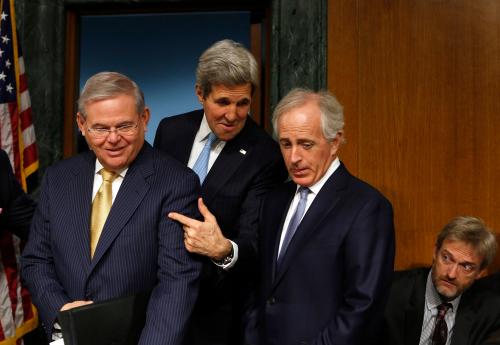
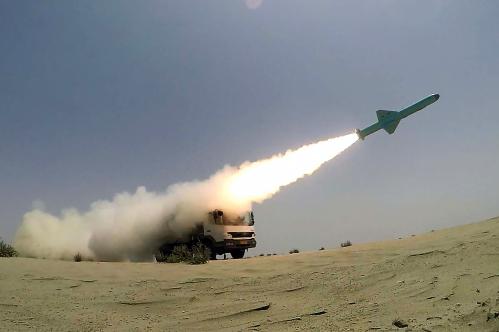
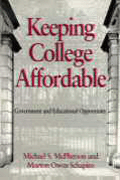
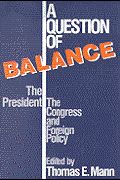
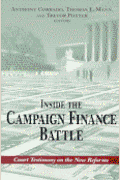



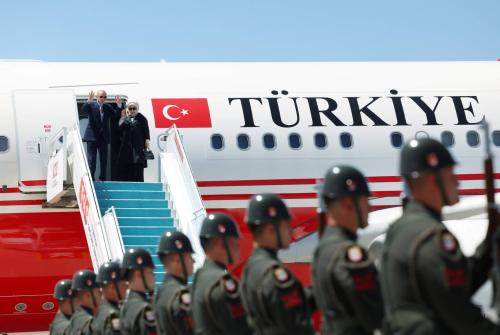
Commentary
Why war powers need an expiration date
May 24, 2018